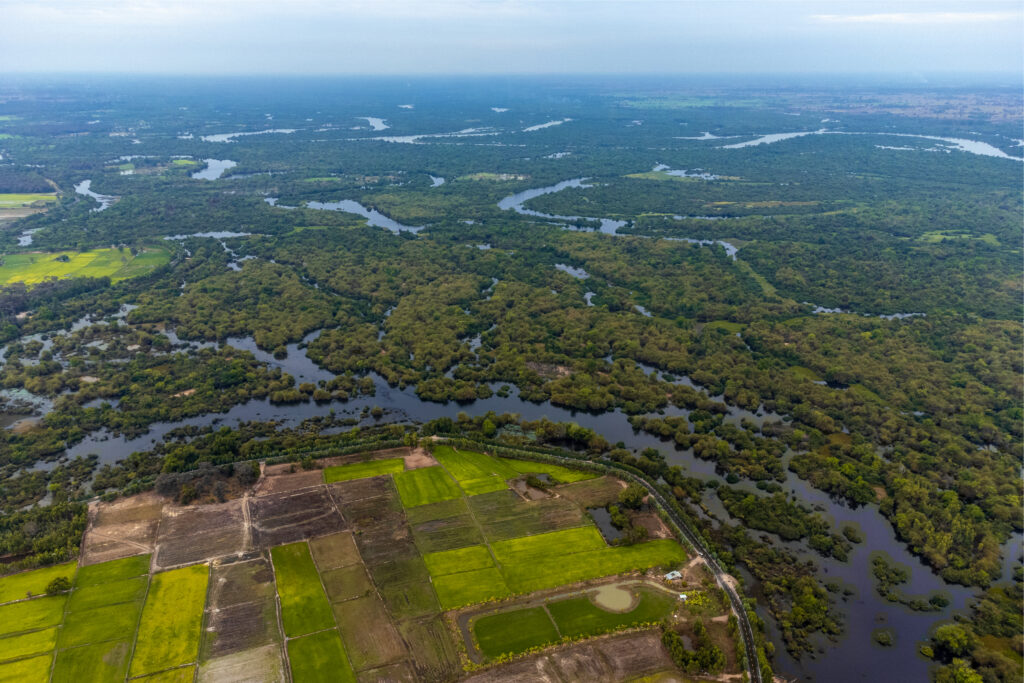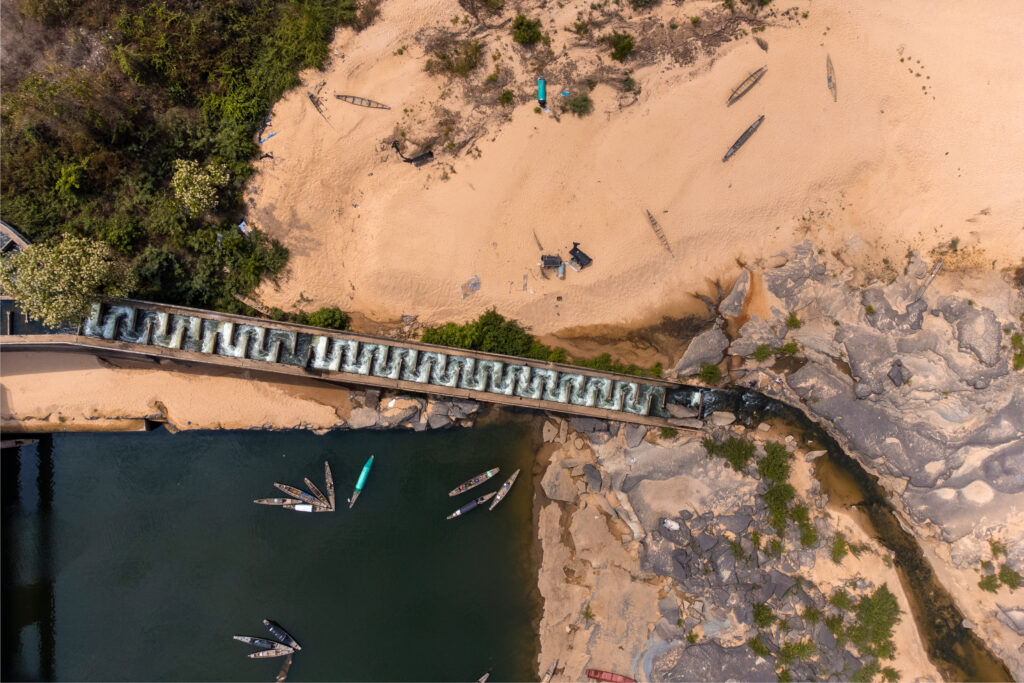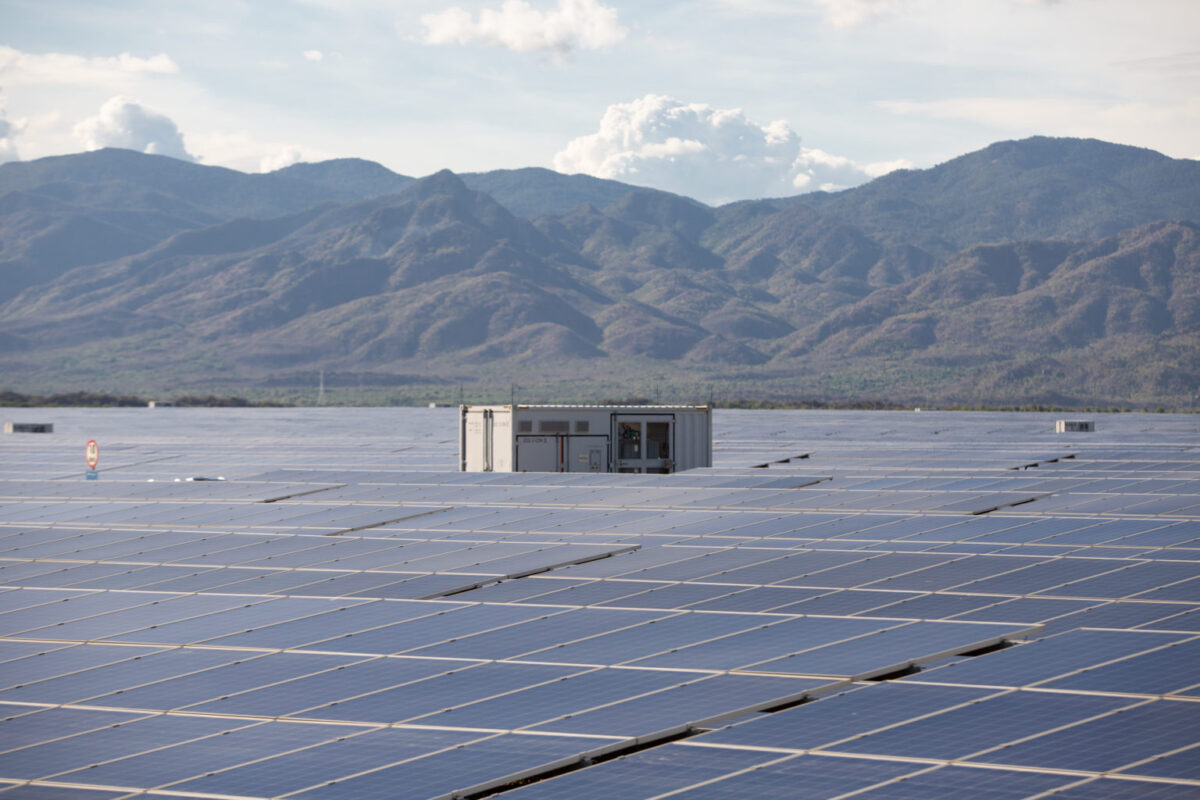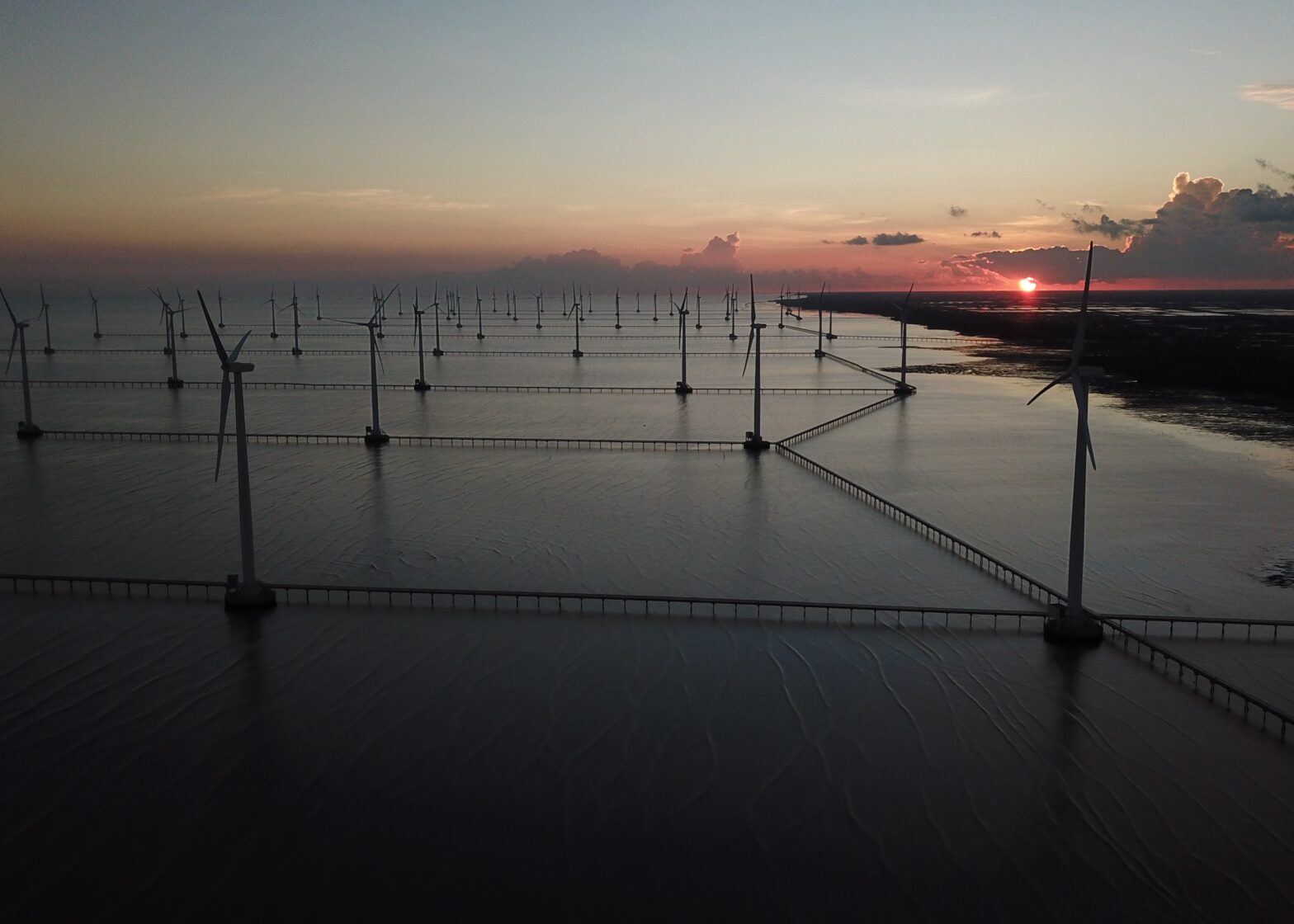BANGKOK, THAILAND – Mekong countries can achieve 100% renewables without sacrificing ecologically sensitive rivers, according to experts who joined the recent webinar. They also questioned if hydropower was the sustainable choice for the region’s clean energy transition.
The global hike in fossil fuel prices has caused energy shortages in many countries since last year, and the Mekong region was no exception.
Vietnam, for example, was hit by occasional power outages throughout 2022 due to the spike in thermal coal prices. Thailand, where the power sector relies on imported natural gas, also experienced price volatility and must intensify its search for other energy sources ranging from coal to renewables.
Analysts have predicted the energy crisis will continue to hit developing countries in 2023. It will also push many countries to search for renewables.
In the Mekong countries, hydropower is classified as a high-potential renewable source, along with solar and wind.
Policymakers see it as low-emission and clean energy, which can provide “cheap” electricity, address climate change and respond to rising power demands, especially in the post-Covid period as countries look to resume their economic growth.
Cambodia, Thailand and Vietnam have expressed strong interest in increasing the amount of electricity imported from Laos, which is mainly produced from hydropower dams on the mainstream Mekong River and its subsidiaries.
Local news reported that Vietnam plans to buy 3,000 megawatts from Laos, while Thailand will import a total of 10.9 gigawatts over the next two decades.

Against this backdrop, local communities and academics have raised concerns about the ecological and social impacts of hydropower dams, including biodiversity loss, displaced communities and negative livelihood changes to communities that depend on the rivers.
They also question if hydropower energy is truly clean and if it can pave the way forward in a just transition, where people impacted by the dams will not be left out.
Grid interconnection
Rafael Guevara Senga, the Manager and Energy Lead for the Greater Mekong Subregion at the World Wild Fund for Nature (WWF), pointed out that 100% renewables could be achieved without sacrificing the region’s precious rivers.
“We believe there are enough renewable resources apart from hydropower that can supply 100% electricity by 2050, or even earlier. It will be primarily solar and wind and a very minimal increase in hydropower,” said Senga during the recent webinar Powering the Mekong: Does clean energy means more dams? The webinar was hosted by the Internews’ Earth Journalism network.
Senga led the WWF’s ongoing study that provided solutions to optimize renewables with the expansion of an integrated regional grid dedicated to renewable energy zones.
“We are looking forward to an institutionalized and well-designed regional grid interconnection because it can facilitate more efficient utilization of the vast renewable resources of the Mekong, including the unutilized solar and wind. We have barely touched this surface of what we have here,” he said.
“This requires regional cooperation and political will among governments. It’s not technology or an economic challenge anymore. Solar and wind are now the cheapest sources of energy in most countries of the world.”
From 2021 to the present, combined-cycle gas turbines were the leading source of the region’s power generation with a total capacity of 42,555 megawatts (MW). This was followed by hydropower (38,541 MW), coal (32,310 MW) and solar panels (18,147 MW). Wind and biomass played minor roles in energy mixes.
The WWF study forecast that the Mekong region would have one of the world’s fastest growths in energy demand, which will increase from nearly 500 terawatt-hours (TWh) in 2021 to more than 1,600 TWh in 2050. Vietnam will account for 50% of this demand.
The current grid development plan focuses on conventional energy and does not reap the full potential of solar and wind power, said Senga.
Regional grid interconnection to valuable renewable zones would stabilize energy, reduce electricity costs and save ecological-sensitive rivers by changing the role of existing hydropower from a base-load power source to a back-up power source for solar and wind, without building new dams.
A similar model can be seen in the European power grid, which is operated in a single system that diversifies the region’s sources of electricity, ranging from hydropower and fossil fuels to wind power, and provides energy when the capacities of wind and sun are weak.

Sustainable hydropower discourse
At COP 27 in Egypt last year, the International Hydropower Association issued a statement, calling on world leaders to invest more in dams as a solution to climate mitigation and adaptation.
“Sustainable hydropower” is the term the industry has been using repeatedly to promote dams as low-emission and low-impact energy sources.
The controversy around this term has been monitored by Carl Middleton, Director of the Center for Social Development Studies at Chulalongkorn University in Thailand, who traced the origin of the term back to the 1970s when large hydropower projects were initiated in many parts of the world.
In 1990s, these dams experienced the peak of wide criticism for their social and environmental impacts and their unfulfilled job to contribute to development.
This “sustainable hydropower discourse” emerged to counter these critics by promising to bring in the best practices in dam operations, Middleton observed.
In 2009, the Mekong River Commission launched the sustainable hydropower initiative that led to the launch of a sustainable hydropower development strategy in 2021. It addressed public participation and impact assessments that aimed to improve the flaws in past practices.
But in the Mekong region, Middleton saw that these best practices may not work well on the ground within the context of limited civil, political and media freedoms, and often a lack of accountability.
“The idea of sustainable hydropower is technological fixes – building fish passages, fish-friendly turbines, sediment flushing and so on. These technical fixes may be an improvement on past approaches, but they still do not fully address the environmental and social impacts of large hydropower projects,” he said.
This “technology-centric” idea rebrands hydropower as being the solution, added Middleton, but pointed out that it draws attention away from the wider ranges of values that rivers provide as well as other alternative potential solutions.
“It doesn’t mean that electricity supply is not a technical issue. Because it is. But underpinning the decisions around certain projects is not just technical answers. It’s actually more about the values of society, about what’s important in terms of ecological and social justice and also environmental sustainability.”

He referred to some recent research conducted for the Mekong region and other tropical rivers, saying it can’t be assumed that all hydropower projects reduce greenhouse gas emissions significantly and there is a need to conduct more studies to evaluate this claim.
There is also the debate on the large dams’ contribution toward climate adaptation strategies.
Many projects are operated either by private actors or under public-private partnerships where companies must meet electricity supply obligations or get penalties, meaning these dams may not fully perform their task in drought and flood management when needed.
Decentralized energy
Some civil society organizations in the Mekong region have spearheaded movements to promote the concept and approaches for decentralized energy, in which multi-stakeholder participation is the key for a just transition.
One of those is EnergyLab Cambodia, a non-profit organization focusing on engaging local civil society groups and entrepreneurs in promoting clean energy at community level.
Sokphalkun Out, the Engagement Program Manager of EnergyLab Cambodia, said that local communities, especially those in remote areas where the national grid does not exist, could benefit from a decentralized energy system.
Cambodia has about 45,000 MW of solar power potential, but only 500 MW are tapped at present.
“There is an interest in having active participation from the community to address the energy issue and needs by looking at the human-centric approach – going to the community, doing some capacity building or raising awareness about different types of technology to make them understand what their needs are,” she said.
“Not to say just [the access to] a microgrid across Cambodia, but also, what other projects we will need for that community. Having active participation from the community is important to ensure there is a just energy transition in there.”
The need for a bottom-up approach in accelerating energy transition could be essential to Cambodia, as its government plans to increase non-renewable energy sources up to 74% of the national energy mix.
These sources of energy, which prioritize fossil fuel power plants and hydropower, usually rely on a centralized approach that rarely involves meaningful participation and creates conflict when environmental and social impact occurs.
Stefan Bößner, a Research Fellow at the Stockholm Environment Institute, said energy markets in Southeast Asia were not set up for flexible decentralized renewable energy generation, but rather driven by a power monopoly.
“Changes are needed in order to make the energy transition succeed. We’ll be moving from a centralized fossil fuel-based system to a smaller-scale decentralized system based on low-carbon energy. This implies changing the market structure and the infrastructure,” said Bößner.
“Decentralized energy offers some benefits for people to bring them together. The people band together and invest collectively in renewable energy. That’s creating ‘energy communities.’ We have some experience in Germany, where 50% of renewable installations are owned by the citizens themselves.”
Bößner said there was a need to address energy efficiency and optimization before adding new power into the system. Achieving this will require Southeast Asian nations to facilitate multi-stakeholder participation to understand the needs.
“Coordinating more on the bilateral level as the first step would help [Southeast Asia] to use its resources more efficiently. Collective actions and regional or bilateral cooperation, instead of large-scale projects, might be a good way forward,” he added.
This article was written based on the webinar “Powering the Mekong: Does clean energy means more dams?” held on February 28, 2023. It was hosted by the Internews’ Earth Journalism Network under the Our Mekong Our Say project funded by the USAID’s Mekong For the Future project through the WWF. Watch the full webinar here.





